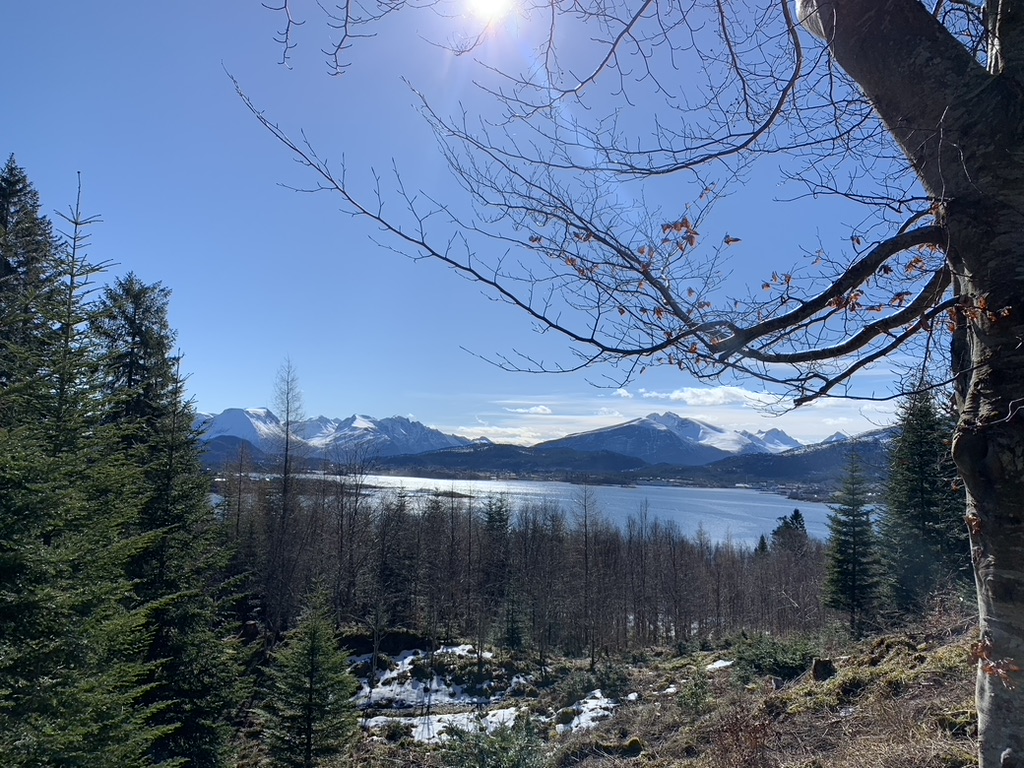The Norwegian fjords are understandably known as one of the great natural wonders of the world. Many of the fjords are recognised by UNESCO as world heritage sites. They are sites for hiking, sailing, kayaking, fishing or even filming movies.
There are in fact over 1000 fjords in Norway, 10 of which are accessible by a cruise ship – which from my one-time experience of the fjords was a very easy way to see them. The cruise I took stopped at Olden, Ålesund and Stavanger. It was meant to stop at Hagesund but the weather prevented the fourth stop. Apparently we didn’t miss much.
What is a fjord?
According to National Geographic, a fjord is a long, deep, narrow body of water that reaches far inland. Fjords are formed when glaciers retreat. These natural formations were formed in the last ice age when water flowed into the gaps left by glaciers. Norway probably has the most famous of the fjords, but you can also find them in Canada, Chile, New Zealand, USA (Alaska) and Greenland.
A brief history of tourism to the Fjords
The first hotel in Norway (or the oldest still open) can be found in Utne, and it has been open since 1722. This was not used as much by tourists but more by business people using the ports for trading.
The fjords first “opened” for tourism in 1875 when Thomas Cook ran tours from Hull to the Hardangerfjord. This cruise route has become a firm favourite with travellers, who like me were intrigued by the scale of the natural beauty.
The fjords have also seen their share of social unrest, Trollfjord was the scene of the Battle of Trollfjord in 1890, when open-boat fishermen fought against the advent of steam-engine fishing boats.
How to see the fjords
The 10 largest fjords are accessible from major cruise ships – companies such as P&O, Royal Caribbean and MSC run regular trips to these wonders. The scenery on these is simply stunning, however, it is apparently nothing compared to the much smaller fjords that you need to access by smaller boats.
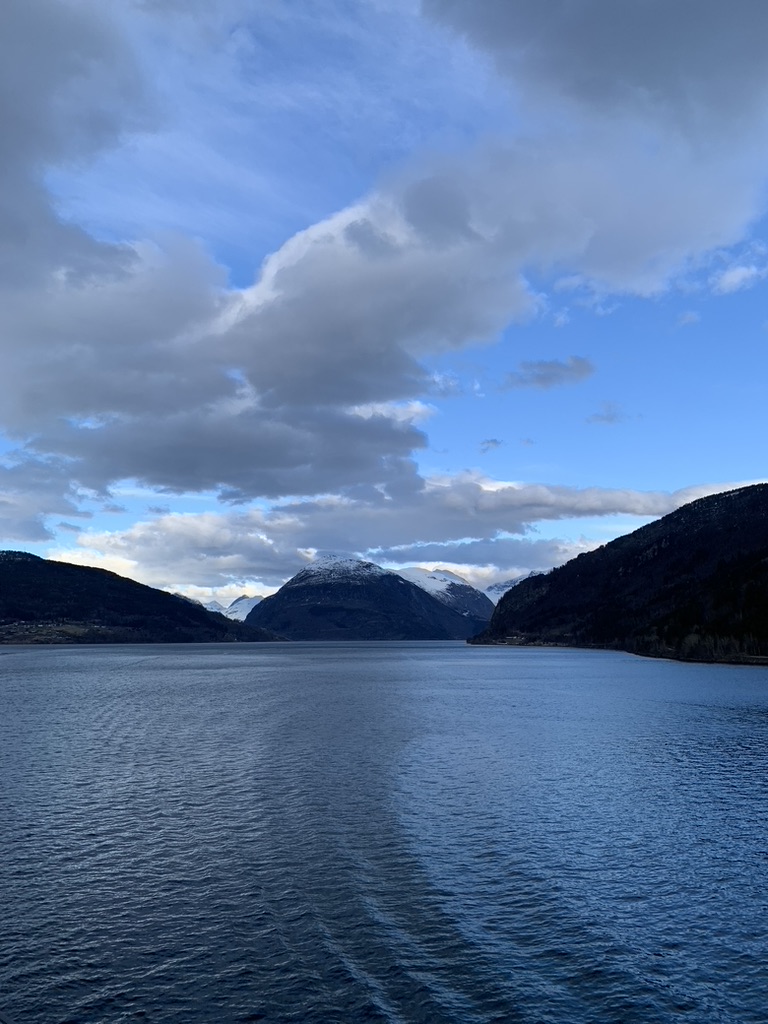
Of course, you can fly in, stay in a fjord town and hike them, but by far much of the drama comes from sailing past these imposing formations. There are also a range of train routes you can take if you prefer a land route that breeze through the fjords and allow you to bask in their beauty.
What is the culture?
With over 1000 fjords it is perhaps unsupring there is not a monolithic culture. Different fjords and their towns or cities have different cultures. As you will see if you go to the Stavanger Museum each area has a different interpretation of the Bunad, the Norwegian national costume. For example Hardangerfjord is known as the Orchard of Norway and is home to a range of cider producers.
Some of the towns are tiny (see Olden) and some are much more cosmopolitan (Stavanger). The one thing that feels consistent is the tourist Troll toys and models.
Port One: Olden
Olden, a small town that is largely reliant on tourism to fund its local economy was undoubtedly the town that had the most remarkable geology.
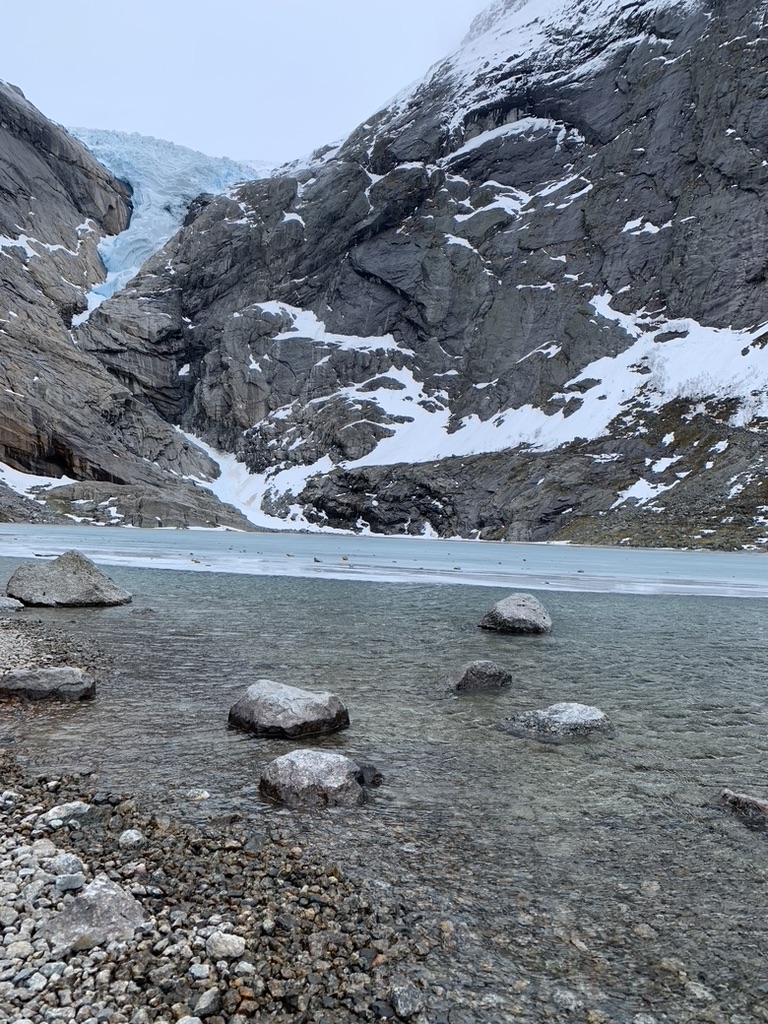
If you are lucky enough to stop in Olden, the Briksdale Glacier hike is a must. It’s not easy and it’s a bit of a faff to get to (you pretty much have to go on an organised trip, which are timed to cruise arrivals and you have a set window to explore) but it’s totally worth it. For those who are less mobile, there is an accessible version where Troll Cars take you most of the way up. If you’re on a shore excursion, I would book ahead with Olden Adventure – it’s 470 NK or about £35 GBP (this is about £10 cheaper than the P&O shore experience). Olden Adventure is set up for shore excursions so understand embarkation times etc. They also offer a cable car and bus-guided sightseeing. You can likely do two excursions in one day. We did the hike, then explored the very small village including the shop, a church, and another walk. If you’ve not booked in advance do not fear – we just turned up on the day and there was no problem with getting on a hike.
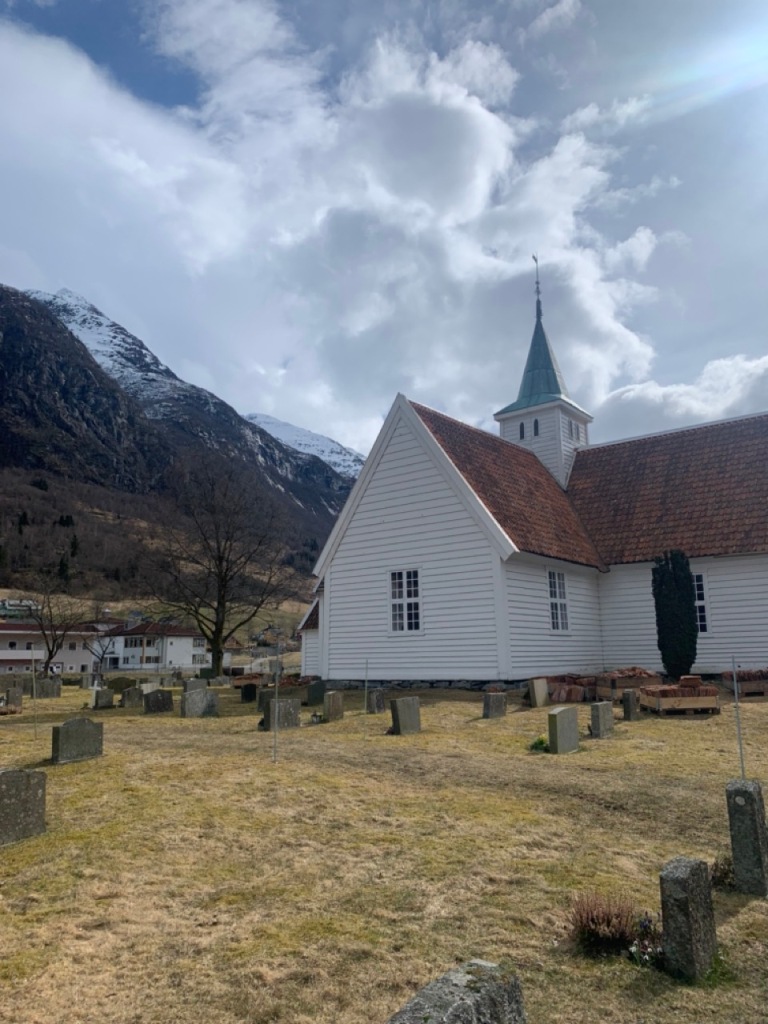
If you are driving to Olden then the Glacier also offers independent routes – more information is available here.
Port two: Ålesund
Ålesund may not be as beautiful as Olden, but thankfully there is a lot more to do.
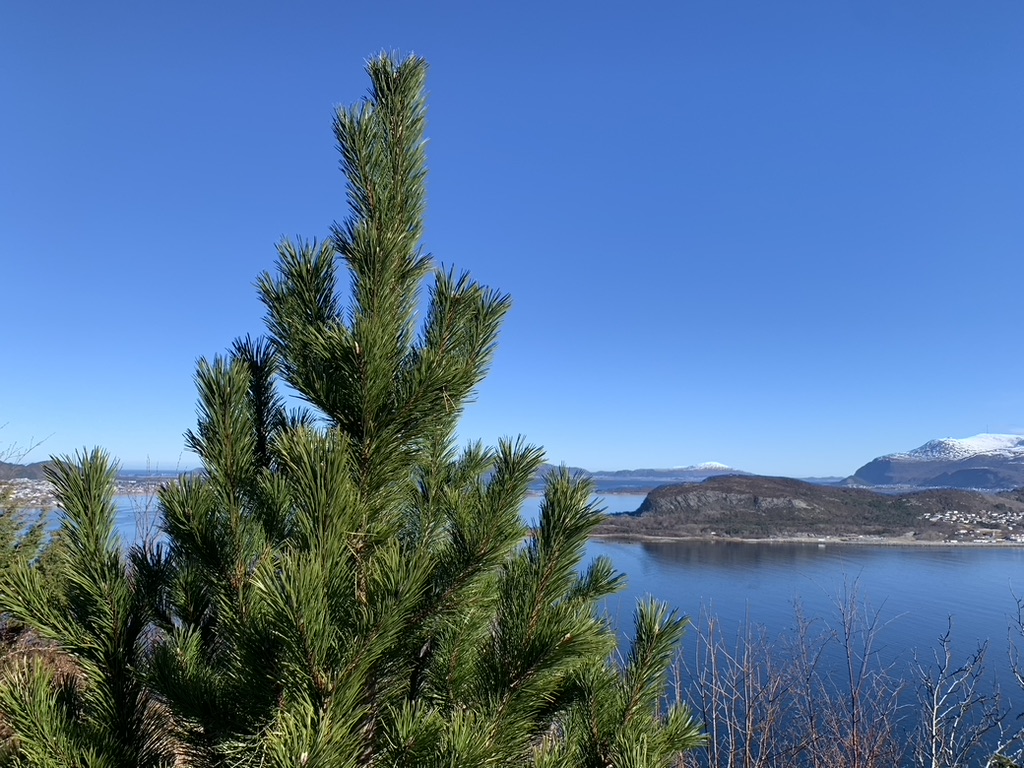
The small town still feels pretty swamped when a 5000-person cruise rocks up, but it doesn’t feel like the entire local economy is beholden to the cruise ships.
In Ålesund, we did the “leisurely highlights” tour which included a short walk around the highest point in Alesund (you can walk up there, it’s steep but you can do it) and a trip to Sunnmøre, an outdoor museum which also includes a random exhibition of Norwegian advertising. In the outdoor museum, the collection of 56 houses from around Norway are an interesting quirk and gives a snapshot into life in Norway. However as with most of our stops, it was the view with lunch that won it.
Art Nouveau was developed in the 1890s and was popular until the first world war. It aimed to bring together previous styles and is characterised by asymetrical curves and lines and bright colours.
For our afternoon, we shunned the museums in the town centre (wasn’t enough time to explore them, have our packed lunch and see the town and harbour).
The interesting thing about Ålesund Town is it feels more like Brussels or Paris than it does other Norwegian towns. This is because following a factory fire at the turn of the twentieth century about 800 homes were destroyed. Support was sent from around Europe and the architects who were rebuilding it were inspired by the art nouveau movement that was popular in central Europe. Most of the town was rebuilt at the same time (1904 – 1907) so it’s fairly uniform in its look.
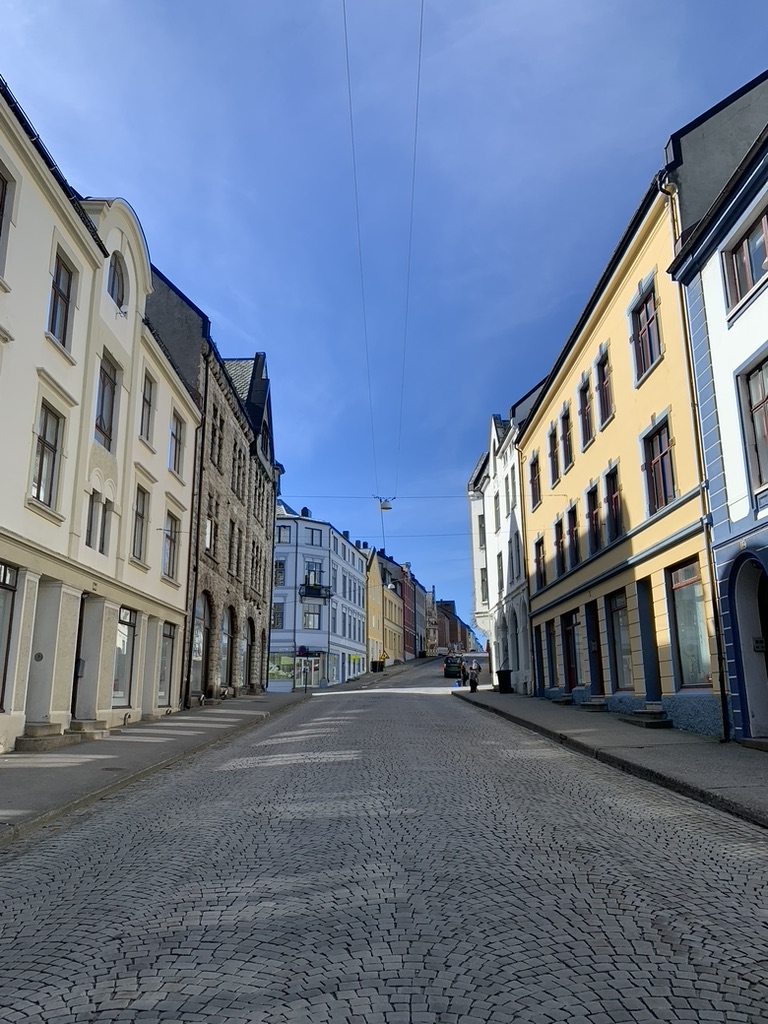
The bright blue sky definitely enhanced our experience and lit up this beautiful town. Though we shunned the official walking tour, there are plenty available.
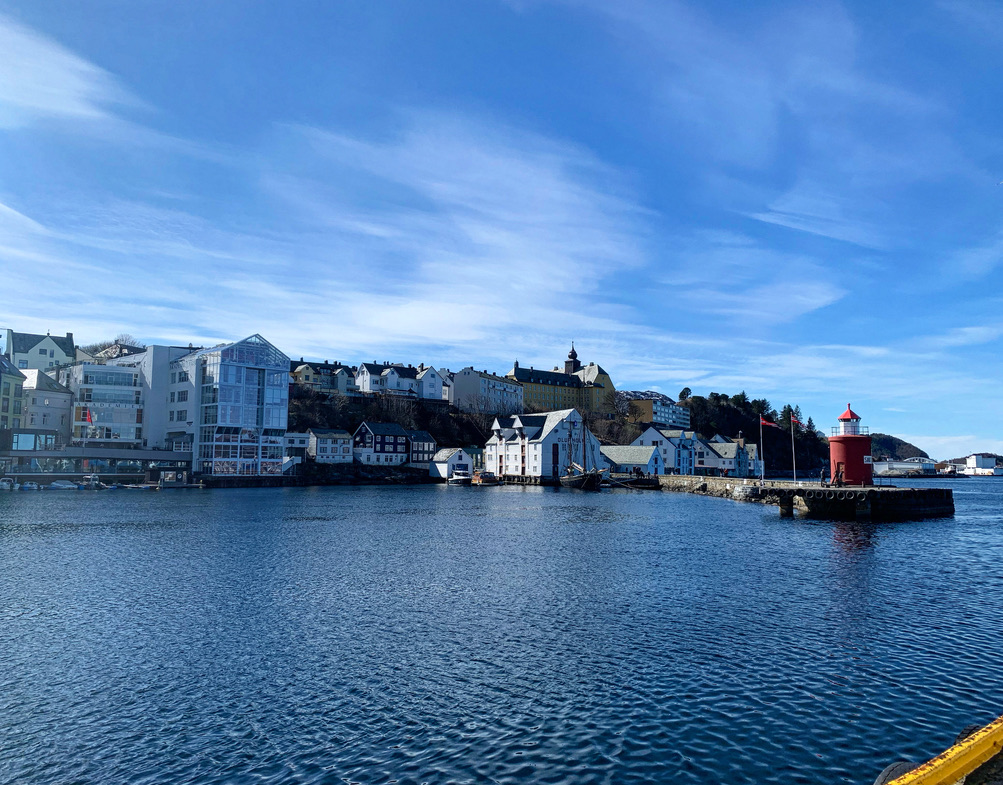
Just one tip: we decided to buy lunch from a Londis to save some money (sandwich and fizzy water was over £10). This was a mistake. I mean yes, it was cheaper than a cafe but my oh my it was grim.
If you have the extra £5 to spend, do it.
Port three: Stavanger
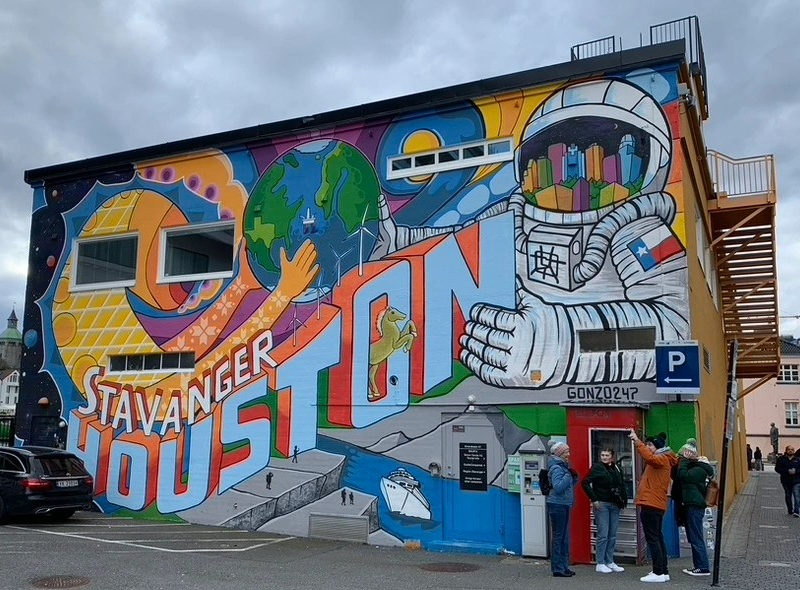
Stavanger offers once again an utterly unique experience. As opposed to art nouveau, you are inundated with street art (of various quality).
Stavanger sets itself apart from Ålesund and Olden as the only stop you could fill more than one day as a tourist.
We enjoyed a jam-packed day with a museum pass and visited the National Petroleum Museum (better than it sounds), the Stavanger Museum and the Maritime Museum as well as the old town… and there was much more left to do.
The Old Town
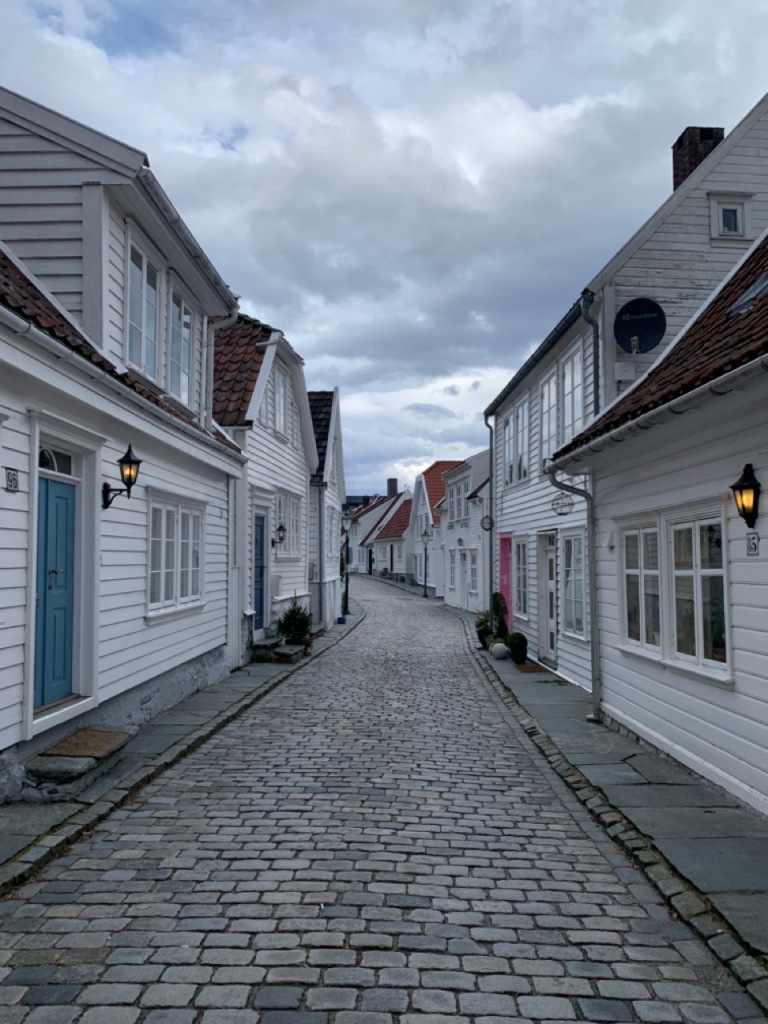
Stavanger’s Old Town features narrow roads that are lined with cobbled pavements and white wooden houses that date back to the eighteenth century. This relatively compact group of 173 houses makes for a lovely walking route and for cruisers, it is conveniently located a few hundred meters from the harbour. The houses are immaculately presented and many are adorned with colourful flowers. It will likely take you no more than about 30 minutes to walk around the old town. The old town is also home to the Canning Museum. Yup, that’s a museum dedicated to putting things into cans. You can even see how fish was canned. I mock, but I am now quite gutted I didn’t go.
The Petroleum Museum
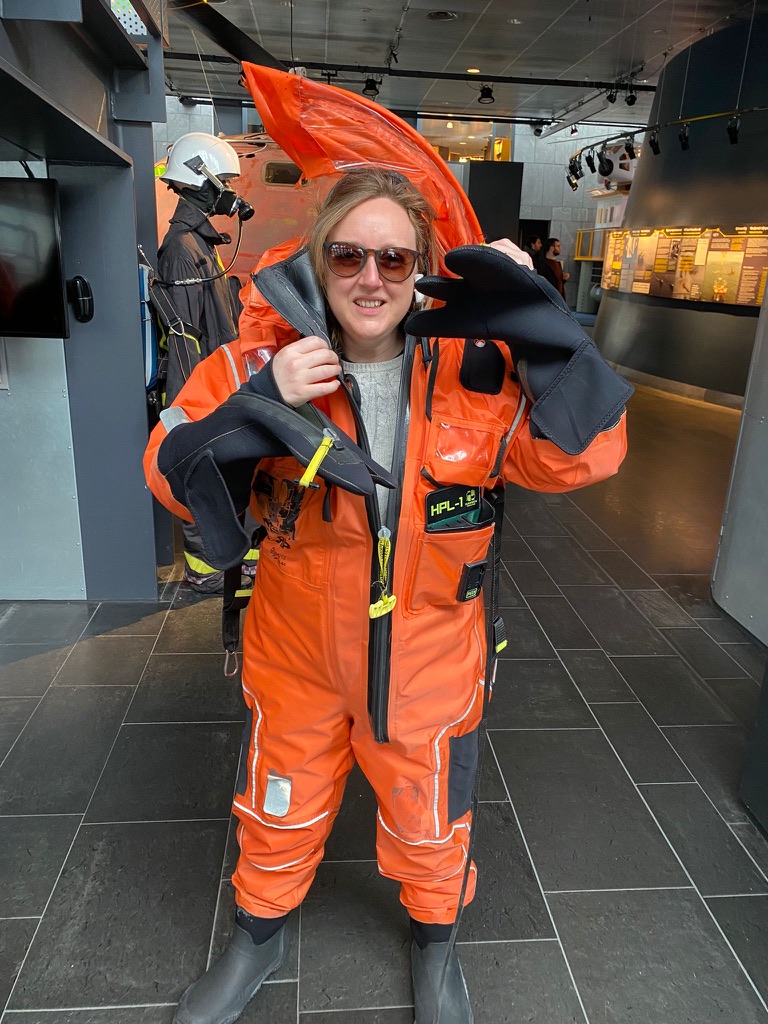
If you had said to me at the start of the trip that this would have been a highlight I would have laughed at you. In your face.
The Petroleum Museum is open from 10am – 7pm and costs 150 NK (£11 GBP) for an adult.
However when faced with a downpour (it rains over 230 days a year in Stavanger) it seemed like a good way to spend an hour or two. How wrong I was. This museum was a deep dive into how finding oil in the 1970s transformed Norway’s economy.
But that’s not all… the museum also features a mock oil rig (complete with escape slide, that big kids can enjoy), fancy dress (yup) opportunities to make a big bang, and a section dedicated to climate change and decarbonization (I am still undecided if this counts as greenwashing).
The Stavanger Museum
At the top of the hill lies the Stavanger Museum. My this was a find – it was almost everything I love about a small museum in one building. This quiet museum houses an eclectic mix of exhibitions all in a deceptively large old building… taxidermy, national dress, floating heads that talk at you, an enchanted wonderland, sex education and giant toys.
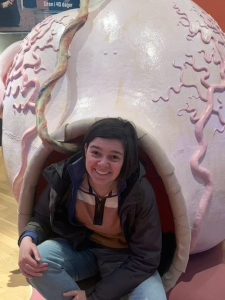
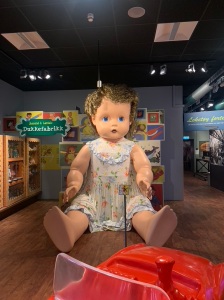
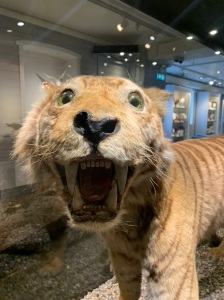
This museum is great fun – you can sit in a plastic womb, dress up like someone from the 1970s and learn a lot about culture in the country.

